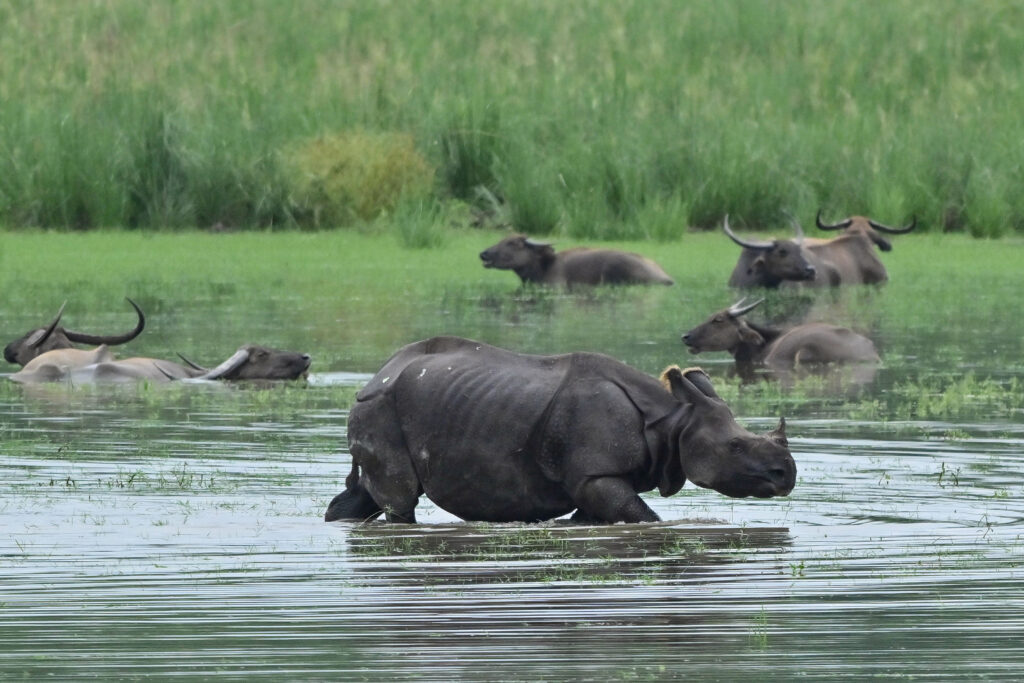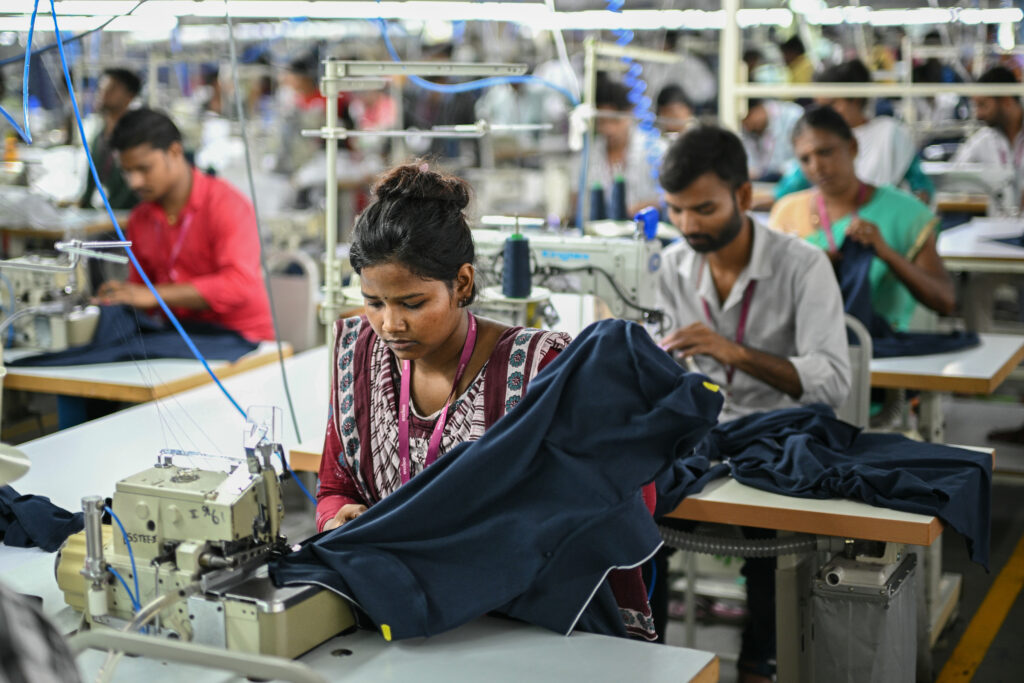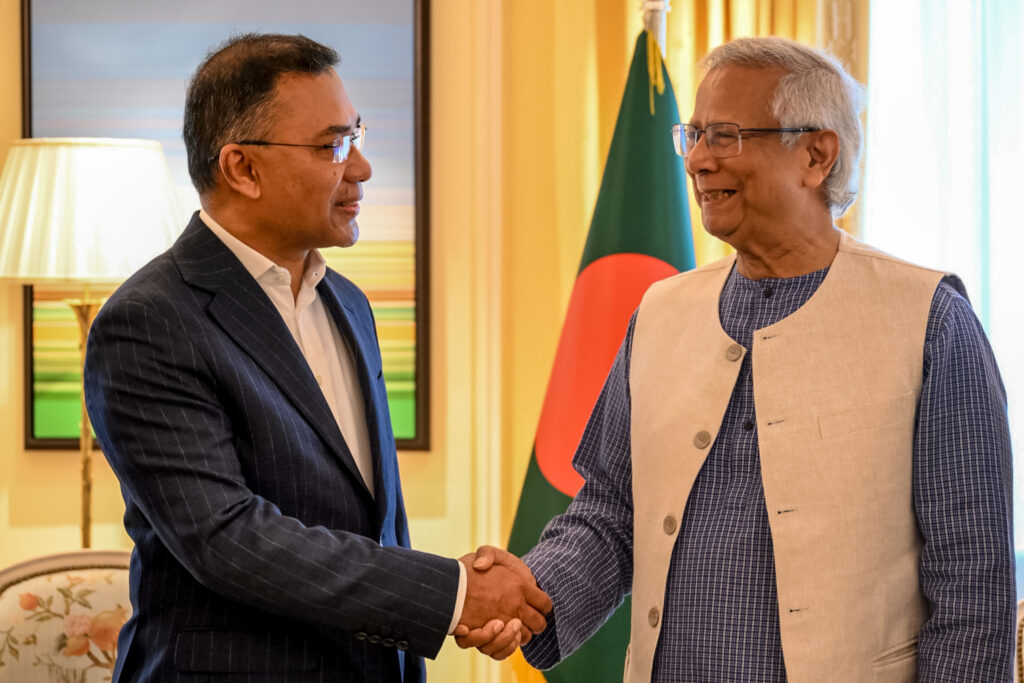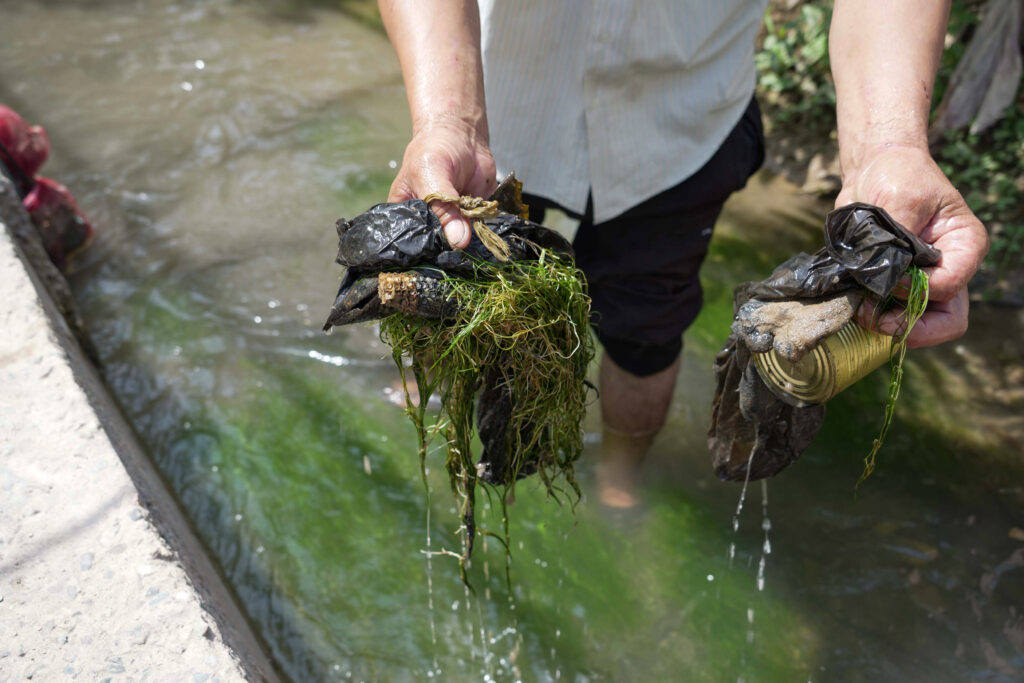Mooney ton rescues Australia in stunning World Cup win over Pakistan
A superb century from Beth Mooney dragged defending champions Australia back from the brink of disaster before they completed a crushing 107-run win over Pakistan in a Women’s World Cup clash in Colombo on Wednesday.The Aussies were staring down the barrel at 76-7 and then 115-8 after being asked to bat first with the Pakistan bowlers causing mayhem, left-arm spinner Nashra Sandhu finishing with 3-37 from her 10 overs.But a record ninth-wicket stand between Mooney, who was dismissed off the final ball of the innings for 109, and Alana King, who made 51 not out, turned the tide.The pair dragged their side from the doldrums to a competitive 221-9 and that proved plenty as Pakistan’s brittle batting folded meekly for 114 all out in 36.3 overs.Sidra Amin was the only Pakistan batter to put up a fight with 35 while opening bowler Kim Garth, who used to compete for Ireland, was the pick of the Australian attack with 3-14. In the end it was a comfortable win for the Australians but it hadn’t looked like that a little earlier. After a top order collapse that left the dugout stunned, Australia needed a saviour and up stepped the ever reliable Mooney. The left-hander produced her fifth ODI hundred while King played the perfect foil, matching grit with gumption in a 106-run partnership off 97 balls that breathed new life into the innings.It was not just a rescue act, it was record breaking. The partnership eclipsed Australia’s previous best for the ninth wicket — 77 between Garth and Ashleigh Gardner — and also set a new Women’s World Cup benchmark, surpassing South Africa’s 66-run effort by Yulandi van der Merwe and Kim Price back in 2000.Mooney’s innings was a masterclass in temperament, a classic backs-to-the-wall knock. She farmed the strike smartly, ran fast between the wickets and only unfurled the big shots towards the end.”It was a pretty tricky situation. We wanted to get a partnership going and really had to grind to reach 221,” said Mooney. “Alana King was incredible tonight. We’ve seen her do it before and it was nice to share that stand with her.”Having rebuilt brick by brick, Mooney brought up her century with a nudge to mid-on off Fatima Sana, while King capped her maiden fifty in style, hoisting the Pakistan captain for six as Australia plundered 21 runs off the final over.Mooney’s 109 off 114 deliveries, laced with 11 boundaries, ended when she holed out to cover off the final ball of the innings.King remained unbeaten on 51 off 49, peppered with three fours and as many sixes, the highest score ever made by a number 10 or lower in women’s ODIs.Pakistan never found their footing in reply, undone by Australia’s relentless discipline with the ball. The seven-time world champions climbed back to the top of the points table, while Pakistan’s third straight defeat leaves their knockout hopes hanging by a thread.









